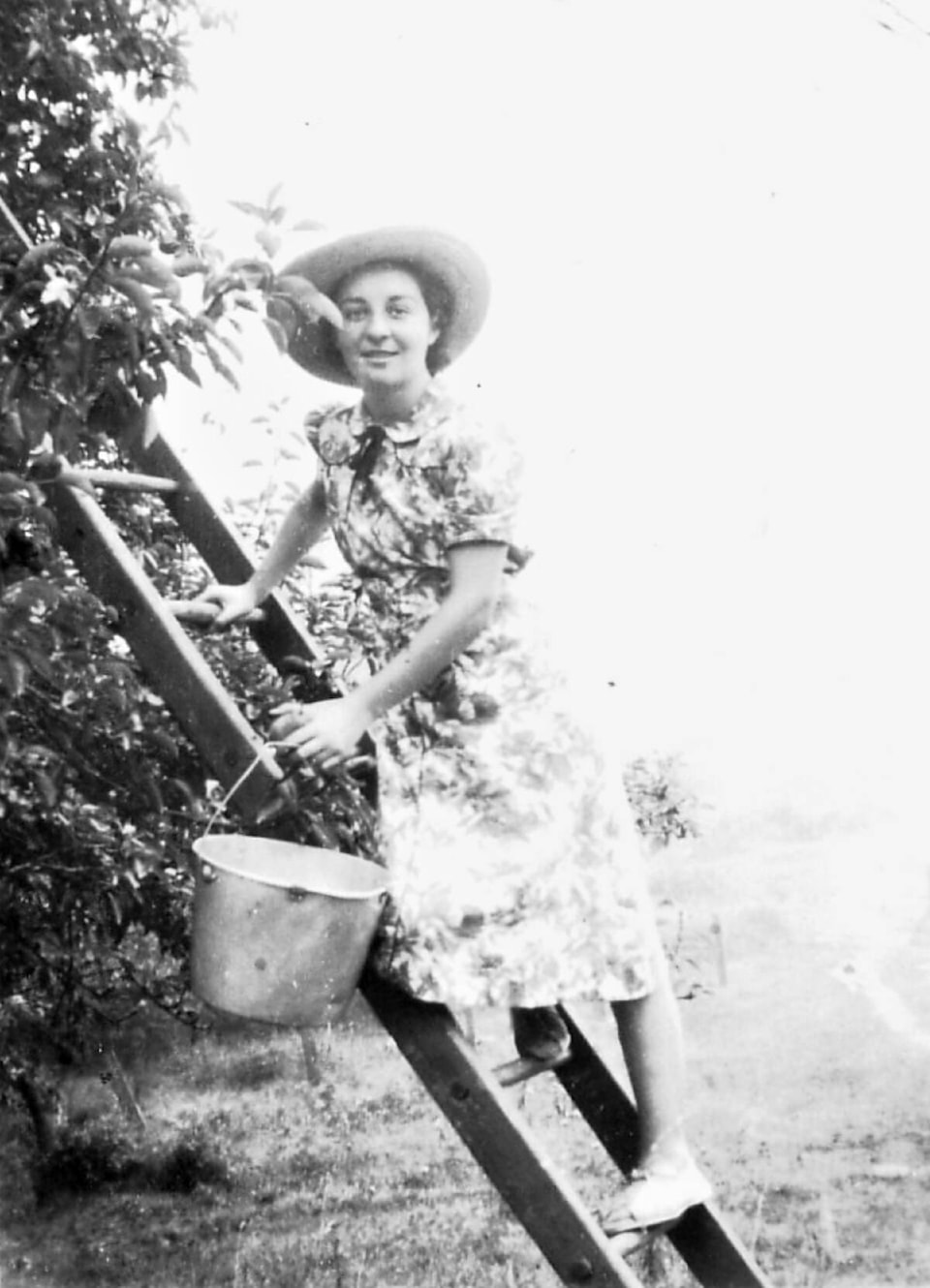By Shea Henry/Special to The News
It is that time of year again when the leaves start to fall, the breeze gets cooler, the days get shorter; its apple season.
We often look towards the larger industries of our communities’ history to tell the story of how Maple Ridge grew and thrived.
And, of course, after the first settlers came in the 1870s fishing, farming, brickmaking, and logging certainly did build the town, but the humble apple is so often overlooked.
In those earliest years of the settler era, the 1870s and 1880s, the industry of note in the area was certainly apples.
Needless to say, the story of Samuel Robertson and his apple orchard is well known to us at this point.
Robertson, employee of the Hudson Bay Company at Fort Langley, would row across the river into Katzie and Kwantlen territory to plant apple trees, until such time as he could purchase his pre-emption on the land, which he did in 1858.
It was at that time that the Colony of British Columbia government formed and created Crown land out of Indigenous land across the province, opening them up for purchase from the newly formed government.
Robertson took advantage of this and purchased land from what would become the Albion Flats, where he already had a thriving orchard.
He ran a successful orchard for many years to come, planting numerous varieties of apples that could be harvested and sold at different times of year for varied purposes from eating to hard cider making.
After the formal establishment of a colony, the B.C. government strove to bring in as many settlers as possible to populate the land with farms and industry.
A major early selling point for the Maple Ridge and Pitt Meadows area was the perfect soil for fruit farming, as evidenced by Robertson’s thriving orchards.
Articles in the New Westminster Columbian, from the 1870s and 1880s, expound on the great opportunities for fruit farming in Maple Ridge. And indeed when new settlers would come in those early years they would often start with planting orchards and berries.
Even Thomas Haney, who purchased the land we know as Haney in the second round of settlement purchases, planted a small orchard around his newly built home.
Some of those apple trees, which are 130 years old, still stand around Haney House today and still bear fruit.
One example is the tree behind Haney House, which still produces a small and somewhat sour apple in mid-August. It is so old – that while they still lived in the house – the Hawley family reinforced the tree with concrete, which holds up the tree from the inside to this day.
The humble apple is an important part of the settlement history of Maple Ridge, and we are excited to celebrate it at our annual Apple Fest at Haney House on Sunday, Oct. 2.
PAST LOOKING BACK: Treasured Finnish loom soon to be on display
– Shea Henry is executive director of the Maple Ridge Museum & Archives
.
story tags
.
